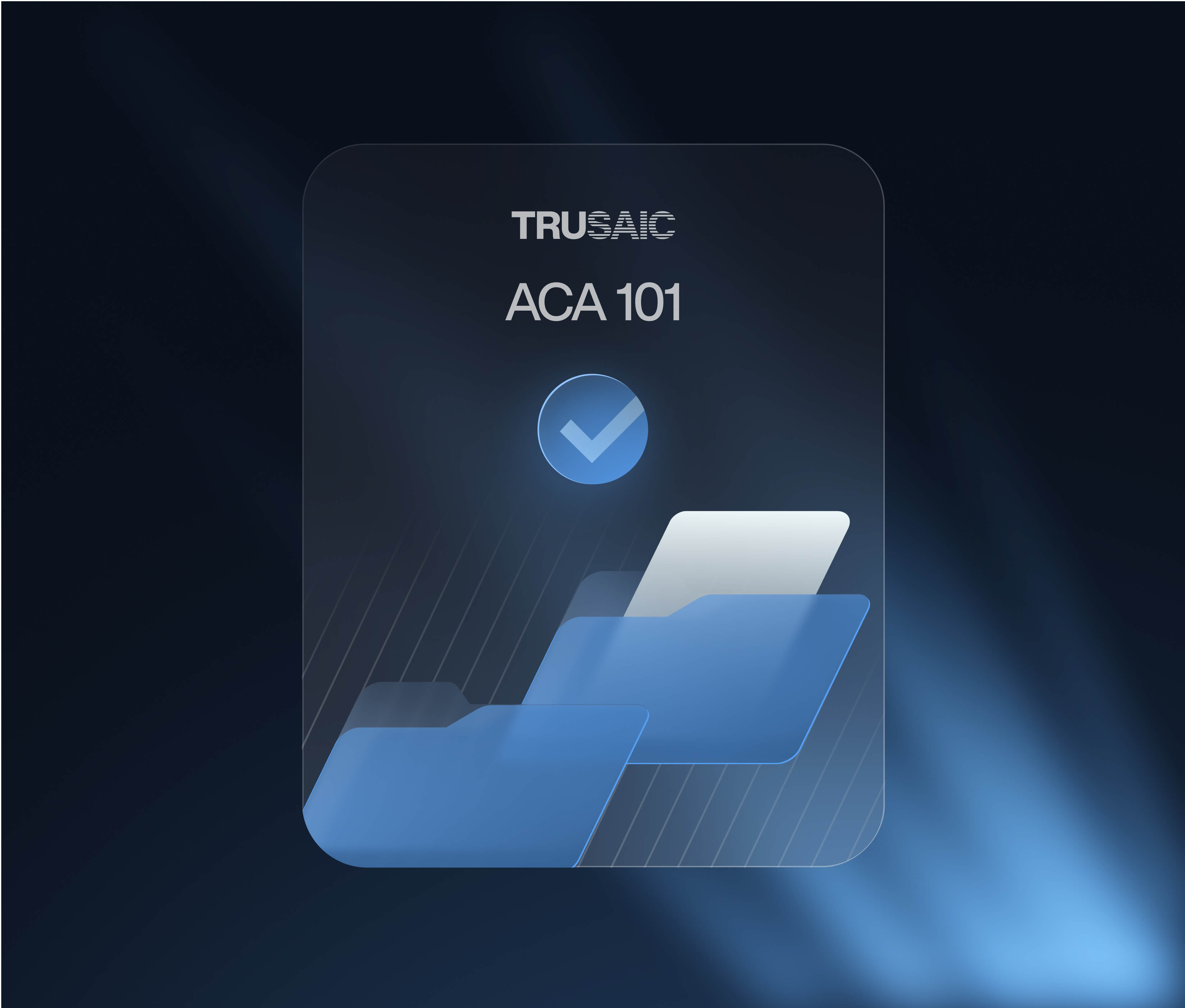On March 14, 2023, Eleanor Holmes Norton (D-DC) introduced the “Salary Transparency Act,” HR 1599, a significant piece of pay transparency legislation, which would require all employers nationwide to disclose pay ranges in job listings, provide wage ranges to job applicants, and provide that same information to existing employees.
The legislation is intended to close the gender pay gap and applies to all organizations, regardless of size and number of employees. HR 1599 has been referred to the House Committee on Education and the Workforce. Its launch date is not without significance. March 14th, 2023 was Equal Pay Day, the date which symbolized how far into the year women had to work to earn what men earned in the previous year. If HR 1599 is successful, it contains three key requirements which would apply to both public and private employers:
Pay scale disclosures required in job postings: As we highlighted in our blog on pay transparency laws in Illinois, HR 1599 would amend the Fair Labor Standards Act (FLSA) to require covered employers to disclose the “wage range” for both public and internal open job postings. It would define “wage range” to mean the “range of wages, or salaries and other forms of compensation” that an employer “anticipates in good faith relying on in setting the pay” for a position. This requirement for pay scale posting applies to both internal and external job listings. This definition does allow employers a degree of flexibility in defining the wage range. For instance, employers could:
- Reference any applicable pay scale
- Use an existing wage range for the job listing
- Use the wage range of employees in equivalent positions
- Use the budgeted amount for the position
Wage range to be provided to job applicants: This information must be given to candidates during the hiring process if it is not provided at an earlier stage, or upon request.
Existing employees can request the pay scale for their current role upon request: HR 1599 would also require employers to supply the wage range to employees on appointment to their new post, and thereafter on an annual basis. Violations of the Salary Transparency Act would leave an employer at risk of a civil penalty of $5,000 for a first violation, increasing incrementally by $1,000 for subsequent violations, and capped at $10,000 per violation.
Is the Salary Transparency Act Likely to Succeed?
If successful, HR 1599 will transform pay transparency legislation in the US, however, the potential outcome is not clear at present. Previous bills introduced at the federal level relating to pay are still awaiting consideration. For example, on March 9, 2023, US Representative Rosa De Lauro (D-CT-03) and Senator Patty Murray (D-WA), reintroduced the Paycheck Fairness Act. This proposed legislation would ensure women can challenge pay discriminations and hold employers accountable. The Paycheck Fairness Act was previously unsuccessful in the Senate. While we await the outcome of HR 1599, the EU’s Pay Transparency Directive may yet prove to be a game changer for global pay transparency legislation. The Directive requires employers to regularly report on the pay gap and act where that pay gap exceeds 5%. Given the average gender pay gap of 13% in the EU, its impact cannot be understated. The EU’s Directive applies to all employers with operations in any of its member states. In comparison, the average gender pay gap in the US stands at 18%.
Preparing for Pay Transparency Legislation with a Pay Equity Analysis
We recommend that all employers prepare for pay transparency legislation now, for four key reasons:
- Given the growing number of states passing pay transparency and equal pay legislation, a nationwide salary transparency act ultimately seems inevitable, and may be welcomed by large organizations. Due to the varying and complex nature of state laws, companies including Microsoft and Airbnb now include salary information in all job listings.
- Pay transparency offers multiple benefits to employers, including higher levels of talent retention, attracting more qualified applicants to job postings, building organizational trust and motivating employees to work harder.
- Growing numbers of employers are including salary ranges in job listings. Over 40% of job postings on jobsite Indeed include salary information. That figure represents a rise of 137% in the past three years and includes areas without pay transparency legislation. Employers that exclude wage ranges in job postings risk being left behind in the race for talent.
- Only 5% of employers are considered “truly excellent” at pay equity and only 14% use data and equity platforms to identify pay disparities. Adopting a policy of pay equity can also bring financial returns and enhanced customer satisfaction.
Take steps now to implement a policy of pay transparency: A pay equity audit is the first stage in identifying pay disparities which may exist in your compensation structures. Pay equity software, like Trusaic’s PayParity is a solution that pinpoints pay disparities and their root causes, while simultaneously providing the tools to implement effective strategies for pay equity. PayParity conducts a pay equity audit across your workforce at the intersection of gender, race/ethnicity, age, disability, and more in a single statistical regression analysis.
Ensure fair wage ranges in job postings: Salary Range Finder® helps employers to determine competitive and fair wage ranges to prevent pay inequity. Salary Range Finder, a component of PayParity, overlays internal pay equity audit data with that of external labor market data provided by Lightcast™. By combining the two data points employers can instantly determine fair salary ranges for job posts and eliminate the need to remediate disparities later.
Support your process with pay equity software: Only 14% of organizations reportedly use pay equity software to identify pay disparities. As pay equity laws become more complex, investment in pay equity software helps to ensure compliance with pay transparency legislation, while enjoying the benefits of increased talent retention and more engaged employees.








